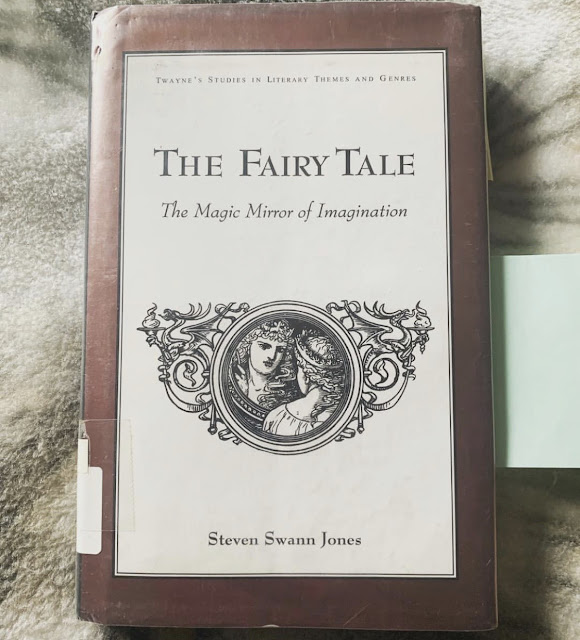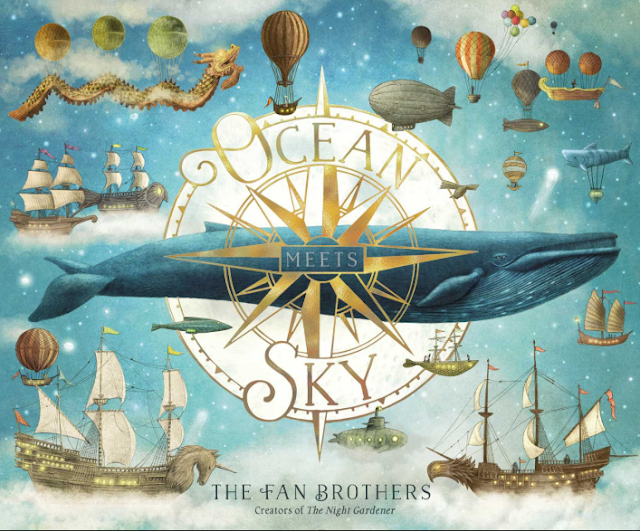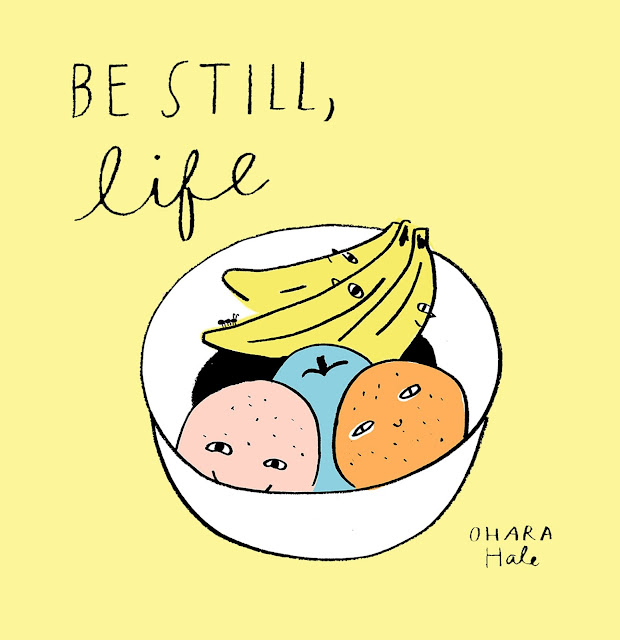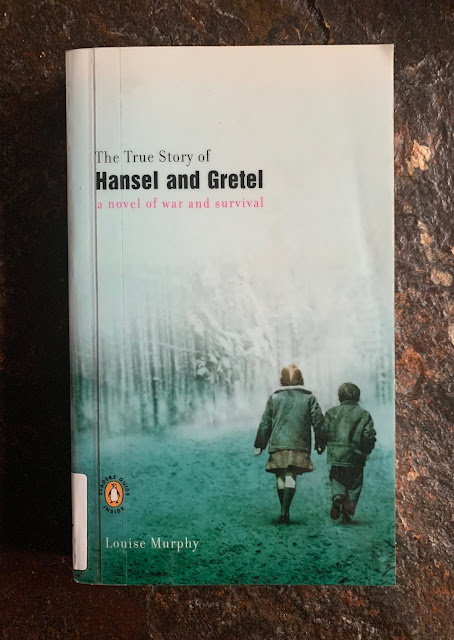"The Fairy Tale: The Magic Mirror of Imagination" by Steven Swann Jones (published 1995)

Steven Swann Jones' "The Fairy Tale: The Magic Mirror of Imagination" is a great beginner's introduction to the fairy tale genre. While much of his criticism stresses what seems to me "dated" (actually the book is a bit dated for this field) concerns regarding the fairy tale - the regulation of female protagonists to domestic duties under the patriarchy, for example - I really learned a lot about the fairy tale genre as being a form of story exemplary of the "common" person, the "regular" man or woman, the "ordinary". I'd say I, for the most part, agree. Swann Jones makes clear that fairy tales usually feature a main character who isn't *special* in any particular way and under enormous social pressure as well. My response to both these criticisms is this: how can we find a way to understand the fairy tale story as a way of expressing the *extraordinary* tasks of women (whether in the domestic sphere or otherwise)? ...







